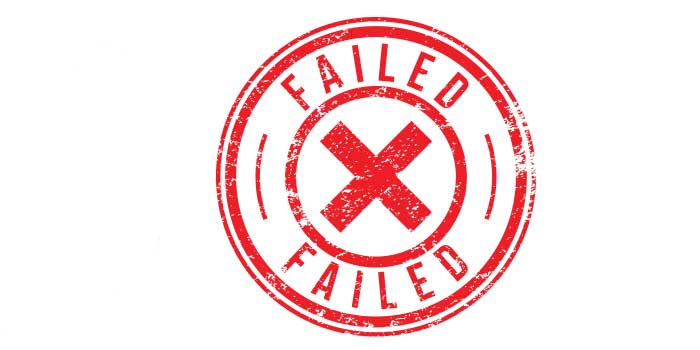
1. Incorrect timing marks
If the outer ring has separated from the inner ring, the timing marks will move. This can been seen when comparing the timing marks on the valvetrain.
2. Worn edges on the belt
The outer ring can move so much that the grooves are no longer aligned with the rest of the accessories’ pulleys. The pulley grooves may have uneven wear or polishing.
3. Engine vibration
If you have an odd engine vibration and no misfire codes, check the dampener for damage.
4. Transmission damage
If a dampener is no longer able to absorb crankshaft vibration, the destructive forces will start to attack the transmission. The vibrations could damage the input shaft, bearings, planetary gears and more. On some vehicles with large displacement engines and manual transmissions, even the gears in the differential can be damaged.
5. Alternator or power steering pump failure
A belt tensioner or decoupler pulley can take only so much vibration before the bearings inside are damaged. While the dampener may only flex 1º or 2º, this takes a lot of strain off attached components.
6. The untraceable squeak
A damaged dampener can make a squeak when it rotates, and it will not stop no matter how much belt dressing is applied.
7. Elongation of the dampener keyway
If the keyway shows any sign of damage or play, the crankshaft dampener is damaged.
8. Irregular idle
A dampener is designed to work over a wide variety of engine speeds. Some dampeners are working hardest during idle. If a dampener has failed, the idle may fluctuate as the dampening mass moves around.
9. Excessive belt tensioner movement or “belt slap”
If the dampener is no longer working, the power pulses and vibration will be transferred to the tensioner. This can be seen as flutter in the tensioner arm.
10. The nose of the crank has broken off or the crank has snapped
Here is the scenario: an engine has had catastrophic crankshaft, bearing or connecting rod failure. A new engine has been installed and the old harmonic dampener has been installed. Soon, the new engine fails. This is a sign that the old dampener has failed. Always inspect the old dampener before reinstalling it.













